Jokes about letting the clueless intern handle the social accounts don’t land like they used to. Increasingly, these platforms demonstrate clear, measurable value in terms of brand awareness, recognition, and customer pipeline support.
Indeed, modern businesses lacking a robust social strategy find that even the best offerings may fail to find their footing. Alternatively, a strong strategy can sometimes lack flexibility, which can prevent people from using the platforms to do what they were meant to do: facilitate connection, communication, creativity, and content sharing.
In other parts of a company, experimental ideation is a feature — not a bug. The idea of the “sandbox” in a technology or business context describes an open-play digital space where creativity, testing, and development can take place safely without impacting broader operations. Like its real-life counterpart, a sandbox is a smaller, simulated environment that allows its users to conduct trial runs for new coding, gaming, or programming techniques while still retaining necessary boundaries to keep key features in play.
How social media can operate like a sandbox
Social media can function like a sandbox in a few key ways:
- Its limits are set but not restrictive. Platforms have certain standards, formats, and user bases that keep the “sand” in place, but they leave lots of room for new ideas, experimentation, and trend-jumping, so long as users know the general conventions of the website or app.
- It moves fast. Sandbox testing is designed to move at a quicker pace than the rest of the business since it’s more open to new approaches and doesn’t require the same kind of hardline oversight. In a similar fashion, social media trends rise and fall more quickly than other industry events and shifts.
- Its user base is vast but still knowable. Millions of users can be categorized easily through key personification and demographic details. Additional research provided by SEO insights and other traffic patterns can help you make educated choices about what to test.
By using social media like a sandbox, organizations can leverage the critical features in unconventional, inventive ways, which in turn can create new opportunities, ideas, and efficiencies while maintaining a clear brand identity. This approach gives organizations a chance to engage with users in new spaces, meet previously unidentified customer bases, and showcase products in forums where traditional market methods just can’t reach.
Here are some things to keep in mind about using social media as a sandbox.
Go back to the “roots” of social platforms
When platforms like Instagram and TikTok came onto the scene, experts heralded their arrival as “disruptive.” Honoring their creative roots is key to reclaiming these platforms as places where you can find unusual means to bring your brand to new people or to current user bases in different ways.
Know what each platform does best
The algorithm is king on social media, but not all algorithms are the same. Understanding the subtle differences between them can help you know where to focus your efforts and where to look when you need inspiration.
For example, TikTok’s algorithm operates differently (and much faster) than Instagram’s, so trends often start on the former and work their way to the latter. Keep an eye on TikTok, even if it’s not part of your current suite of social channels, because it can help you see and leverage trends on platforms you do use.
Remember that values matter more than what’s in vogue
Too often, social media can encourage both creative teams and their target audiences to prioritize visual aesthetics and trends over the values that set them apart. Even as you engage with trends, ensure the things that matter most to your organization still shine through.
An easy way to gauge whether or not you’re hitting the mark is by asking this simple question for any new social post: “If this is the first time a user meets our brand, will they like what they see?”
Social power in the age of misinformation
Social media remains the most effective channel for external communication. Users continue to look to platforms like Instagram, X, TikTok, and YouTube for authentic, moderated conversations about brands and what they offer. Just be smart with how you use them, especially as misinformation spreads much more rapidly across social channels than it does through traditional media.
Use AI responsibly
With artificial intelligence becoming more integrated into our technology and daily life, knowing how to use its abilities strategically is critical. One of the simplest and most effective best practices is to retain a “human watermark,” a real-person touch to anything you produce. AI should never be the only or final team member to engage with social content before it goes live.
Here at Stoke, we’ve thought a lot about our approach to keeping the humans who manage the creative front and center in the age of AI. You can read all about it in our research report.
Even sandboxes have their limits
Real-life sandboxes have an outside edge, and digital ones do too. While social media requires a quicker, more agile approach to use its best features effectively, you need to know the limits of your brand. Take a look at competitors’ approaches to trends to give you insight into what’s relevant for your accounts, and make sure creative team members are aligned with executives to avoid any major mishaps.
Get to building
Social media can be a creative sandbox for your brand if you know how to play in it responsibly and intelligently. Get inspired by finding a few creatives you love and identifying what they’re doing that resonates with you. Follow their lead to start creating — you’ll be surprised what you can build in your own personal sandbox.
See you on the playground.



